Related Research Articles

The Cessna 180 Skywagon is a four- or six-seat, fixed conventional gear general aviation airplane which was produced between 1953 and 1981. Though the design is no longer in production, many of these aircraft are still in use as personal aircraft and in utility roles such as bush flying.
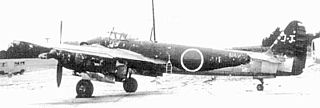
The Nakajima J5N was an abandoned Japanese prototype fighter aircraft of the World War II era. J5N was developed as twin-engine interceptor for countering attacks by Boeing B-29 Superfortress.

The Aer-Pegaso M-100 was a single-seat glider designed and built in Italy from 1957.

The All American 10A Ensign was a two-seat light plane built in the United States shortly after World War II. It was a low-wing, all-metal cantilever monoplane with fixed tricycle undercarriage and which seated its pilot and passenger side by side under an expansive bubble canopy. Due to the glut of military surplus aircraft on the civil market after the war, All American was unable to attract buyers and no production ensued.

The Avia BH-11 was a two-seat sport aircraft built in Czechoslovakia in 1923, a further development of the Avia BH-9. The main changes in this version involved a redesign of the forward fuselage. 15 examples were ordered by the Czechoslovakian Army as trainers and general liaison aircraft, and operated under the military designation B.11.

The Avia BH-26 was a two-seat armed reconnaissance aircraft built in Czechoslovakia in 1927. It was a single-bay unstaggered biplane with equal-span wings and a fixed tailskid undercarriage. Both upper and lower wings featured long-span ailerons, which were dynamically balanced by a small auxiliary airfoil mounted to the upper surface of the lower ailerons. Its design was typical of this type of aircraft built during World War I and the years following; pilot and observer sat in tandem open cockpits with the observer armed with a machine gun on a ring mount. As with many other Avia designs, the BH-26 originally had no fixed fin, only a rudder, but this was changed in service.

The Fokker F.25 Promotor, first flown in 1946, was a single-engined, twin-boomed, four-seat passenger monoplane with a pusher engine mounted at the rear of a central nacelle. It was of wooden construction and has fitted with a retractable nosewheel undercarriage. One feature of the design was that instead of a 2 + 2 seating, the pilot sat in front to the left, and all three passengers were on a bench seat to the rear of him. Alternatively, when being used as an air ambulance aircraft, it could carry a patient on a stretcher, which was loaded through a hatch in the aircraft's nose. The F.25 was evocative of the pre-war G.I design.
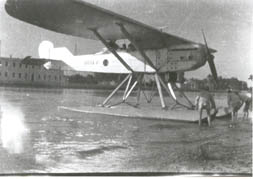
The Breda A.7 was a reconnaissance aircraft developed in Italy for use by the Regia Aeronautica in 1929. It was a braced parasol monoplane of conventional configuration with tailskid undercarriage. The pilot and observer sat in tandem, open cockpits. A single prototype of a long-range example, originally designated A.7 Raid and later A.16 was also constructed, but the air force showed no interest in it.

The Breda A.9 was a biplane trainer produced in Italy in 1928 for the Regia Aeronautica. Conventional in design, it featured a single-bay, unstaggered wing cellule and fixed tailskid undercarriage. The student and instructor sat in tandem, open cockpits. A slightly smaller version, designated A.9-bis was developed for use in Italy's aeroclubs.
The Brochet MB.120 was a two-seat light aircraft developed in France in the 1950s.
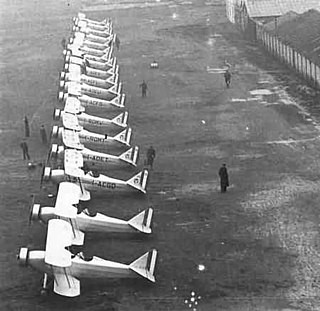
The CANSA C.5 was a training biplane developed in Italy shortly before World War II.

The Extra 230 was a single-seat aerobatic aircraft developed in Germany in the early 1980s. Designed by aerobatic pilot Walter Extra based on the layout of the Laser 200 he was previously flying, the Extra 230 was a conventional mid-wing cantilever monoplane with fixed tailwheel undercarriage and a wire-braced empennage. The fuselage and empennage were of steel tube construction, but the wings were wooden. Production continued until 1990, at which time it was replaced by the Extra 300

The Macchi MB.308, later Aermacchi MB-308, was a light aircraft produced in Italy in the late 1940s.
The Klemm Kl 105 was a two-seat sport aircraft developed in Germany in 1938. It was a low-wing cantilever monoplane of conventional design with fixed, tailskid undercarriage, and side-by-side seating for two within an enclosed cockpit. Construction throughout was of wood, with the fuselage built using a new semi-monocoque technique which Klemm patented. Plans to produce the design in series were abandoned with the outbreak of the Second World War.

The SAI KZ IV was a light twin-engined aircraft first built in Denmark in 1944 for use as an air ambulance.
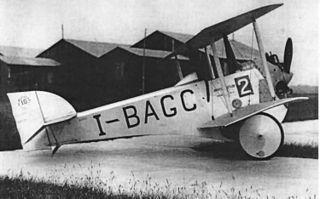
The Macchi M.16 was a light, single-seat aircraft designed by Alessandro Tonini and produced by Macchi in Italy in 1919.
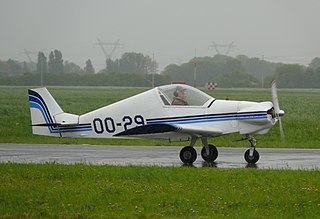
The Pottier P.80 is a single-seat, single-engine sport aircraft developed in France in the late 1970s and marketed for homebuilding. Ultimately based on the P.70 design, it features a redesigned wing and cockpit canopy. The P.80 is a low-wing cantilever monoplane of conventional design with an enclosed cockpit. Construction throughout is of metal. The prototype was constructed and unveiled at the 1977 Paris Air Show.

The Jabiru J230 is an Australian light-sport aircraft, designed and produced by Jabiru Aircraft. The aircraft is supplied as a kit for amateur construction or as a complete ready-to-fly aircraft.

The SAB C-100 Vulcan is an Italian ultralight and light-sport aircraft produced by SAB Aviation of Benevento. The aircraft is supplied as a kit for amateur construction or as a complete ready-to-fly-aircraft.
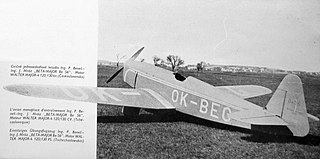
The Beneš-Mráz Be-56 Beta-Major was a single-seat aerobatic advanced trainer manufactured in Czechoslovakia shortly before World War II.
References
- Taylor, Michael J. H. (1989). Jane's Encyclopedia of Aviation. London: Studio Editions. p. 230.
- World Aircraft Information Files. London: Bright Star Publishing. pp. File 891 Sheet 06.
- aerei-italiani.net